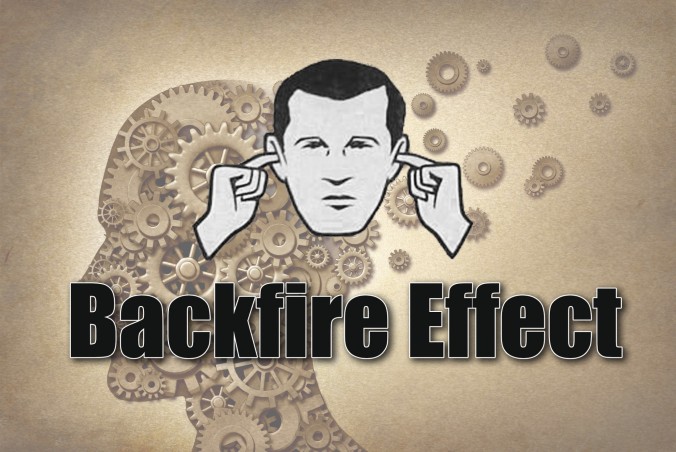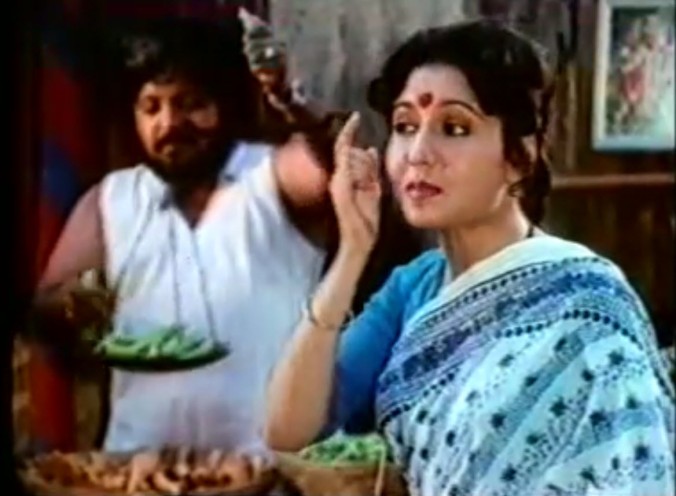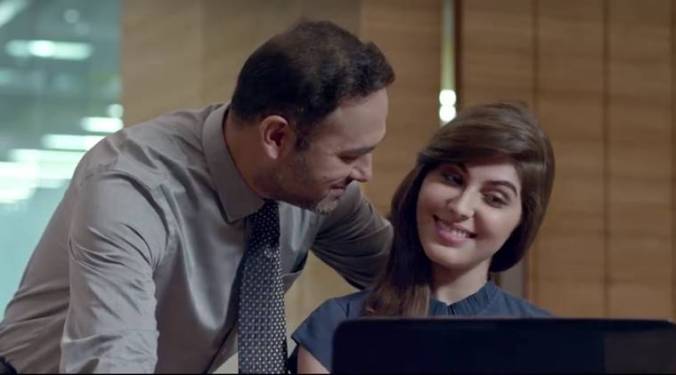
In today’s day and age of rampant tele-marketing, online surveys and retail questionnaires, one would think brand marketers are constantly improving in terms of their proximity to the consumers. Sadly, this is a fallacy. The way many marketers seek consumer data not only yields misleading results, but often adds a negative spin to the campaign objective itself.
There is a well-known restaurant chain that serves grills over a charcoal sigri on the table followed by a buffet spread. Great food, variety and value… eat as much as you like. What more could one possibly want? I’ll tell you what I’d want. I’d want some privacy. I’d want some conversation time with my fellow diners.
Because every now and then one of the waiters will invariably come in to disrupt proceedings, intent on asking questions on my current level of enjoyment, which variety I am liking, my past experiences if any, etc. And just when I’ve politely answered all the questions, another steward will pop up and, like an ace kabaddi player, infringe into my domain and make similar small talk. If by now my answers have taken on a curt, if not exasperated tenor, and the so-called brand ambassadors have retreated somewhat, I should not think that I have won the battle. Along with the bill will come a questionnaire asking me to provide ratings on every minute of time spent inside the restaurant, every section of the buffet and whether I will revisit or refer. Irrespective of whether you filled in the form or not, within the next 48 hours will come a phone call from the telemarketers of the restaurant chain.
If you think this is a stray incident, think again. Upon getting my car serviced, I was accorded a similar treatment. This time, even the person giving the car the final polish, brandished a separate form to sign off on. The call centre got into action within minutes of my driving out, asking if the car felt right. It was not too long before the car manufacturer also unleashed its own set of agents for feedback.
I can understand the first batch of enquiries at the restaurant… it’s a safety measure that could yield course correction in case any condiments were in excess. However, when the repetitive intrusion begins, the consumer realises the diminishing value of encroachment on time, and experiences increasing levels of frustration. Were all these involved processes going to truly yield added value to the consumer? Judging from the mechanical way such ‘surveys’ are administered, much of it is lip service, and it is apparent that the agenda isn’t to disrupt the status quo. Very little attention is usually given to mine such data, reveal a new product idea, propose pricing or positioning adjustments, or cater to unmet demand.
There is no thought given to selecting an occasion when the consumer could be motivated and feel privileged to provide views. The demographic profile of the feedback-seeking agent is often mismatched with the background of the consumer. A customer who has chosen to converse in English, often times is pitted against a feedback agent, who converses in a dialect impossible to follow and who races like an express train!
In a brand’s strategy planning cycle, the initial situational analysis (“Where Are We”), as well as the measurement of post-campaign results (“Are We Getting There”) are heavily dependent on a marketer’s sensitised ear-to-the-ground. It is imperative therefore, that the process of eliciting feedback be viewed on a strategic plane, as it is an important (chosen) touchpoint of brands with consumers who can potentially fortify or erode brand equity.
Marketing isn’t about driving by looking at the rear-view mirror, but about looking through the windshield, fuelling expectations and surging forward to surpass milestones in consumer delight. Every pit-stop in a brand’s journey, even for feedback, is then about maximising the consumer experience with sensitivity and empathy, at a happier meeting point, and charging the batteries for both sides to win.
(This article was published in BW Businessworld issue dated ‘March 20, 2017’ with cover story titled ‘Most Influential Women 2017’. The Author is my ex Boss at RK Swamy/BBDO, Indranil Gupta – he runs BrandNEW Associates Private Limited.)



 WE HAVE COME A LONG WAY… AND HAVE A LONG WAY TO GO
WE HAVE COME A LONG WAY… AND HAVE A LONG WAY TO GO 1. COME ALIVE
1. COME ALIVE 2. LALITAJI:
2. LALITAJI:

 2. LOVE BEYOND THE STEREOTYPES:
2. LOVE BEYOND THE STEREOTYPES: 3. THE WOMAN’S AD FILM WITH A TWIST:
3. THE WOMAN’S AD FILM WITH A TWIST: